Jean Després (1889-1980) is one of the most innovative artists of the 1920s and 1930s in the fields of jewelry and goldsmithing. At 16, he left Avallon and his parents' gift shop to begin his apprenticeship with a goldsmith in Paris. He completed his training with drawing classes at the schools of the City of Paris and frequented the Bateau-Lavoir, where he met Modigliani, Picasso, Signac, De Chirico and, above all, Braque, who soon became his "best friend." Després worked mainly with silver, whose whiteness, very fashionable in the 1930s, was barely altered by the few touches of semi-precious stones such as onyx, coral, turquoise, lapis lazuli or chalcedony, for prices that remained, in this period of acute economic crisis, affordable, even if he did not disdain to create jewelry pieces to order, based on precious stones and metals. The artist retained from his time in the military aviation workshops during the 1914-1918 war an interest in mechanical forms that he transposed into his jewelry. From 1930, he created "engine jewelry" where we find all the vocabulary of mechanics: "connecting rod" brooch, "crankshaft" brooch, "cam" bracelet, etc. So many pieces whose mechanically inspired forms aroused in 1931, at the "Aeronautics and Art" exhibition in the Marsan pavilion, an interest mixed with scandal. Like other artists of his time, Després forged exchanges with the art world. With Étienne Cournault (1891-1948), painter and engraver, who was fond of working on glass, he designed between 1929 and 1934 the "ice jewels" in silver and glass, masterpieces of grace and originality. These compositions, which play on reflections, on effects of transparency and light, were very noticed, notably by Joséphine Baker. With Jean Mayodon (1893-1967), future director of the Manufacture de Sèvres, he mounted, from 1937, the ceramic plaques, mainly of neoclassical inspiration, on his famous "ceramic jewels". Després' participation in the 1925 Exhibition remained anonymous, but from 1928 he exhibited in all the official Salons. As early as 1931, the critic Raymond Escholier wrote: "Després is on the way to becoming the greatest of jewelers, the greatest goldsmith." Després is also one of the undisputed masters of the revival movement of table goldsmithing and religious goldsmithing. His pitchers, teapots, candelabras, and cutlery, mostly made of pewter, but also silver, gilt, or silver-plated metal, which he hammered himself, are characterized by their simple forms, harmonious volumes, and sober ornamentation. Well represented in the Decorative Arts collection thanks to a significant donation from the artist, the work of Jean Després will open the exhibition for this first retrospective dedicated to him. Also on display are liturgical objects and bindings that the goldsmith created in the 1960s.



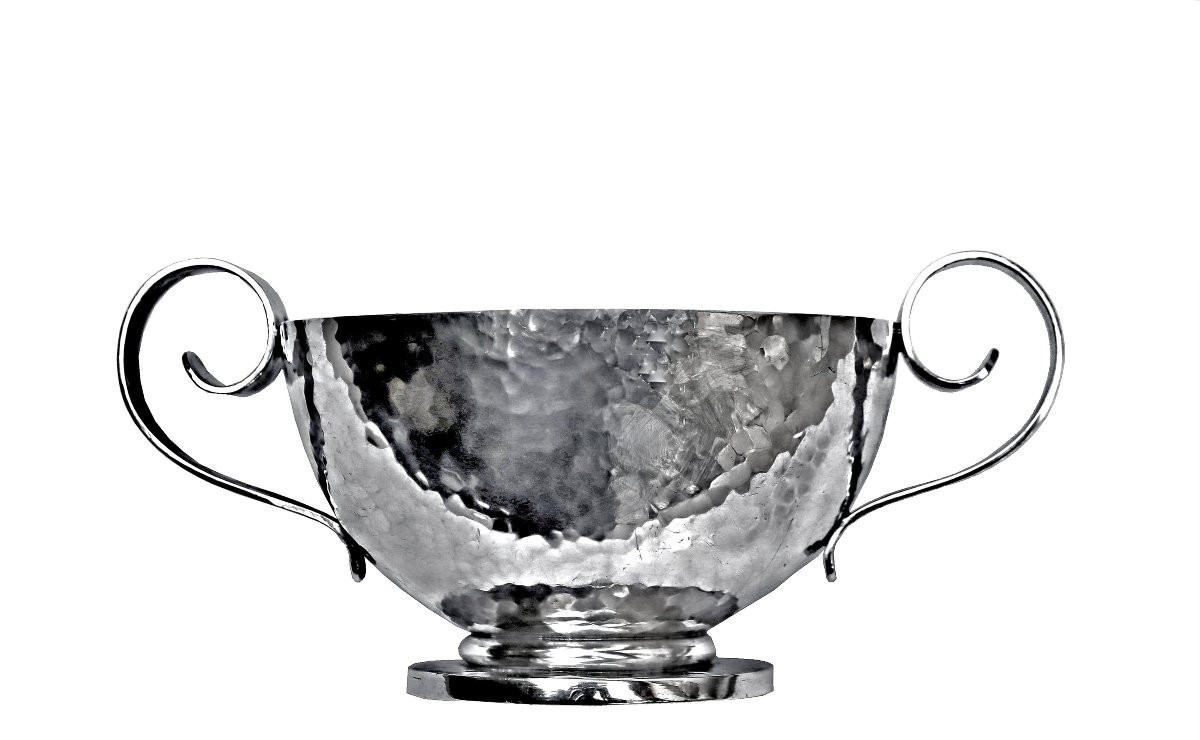
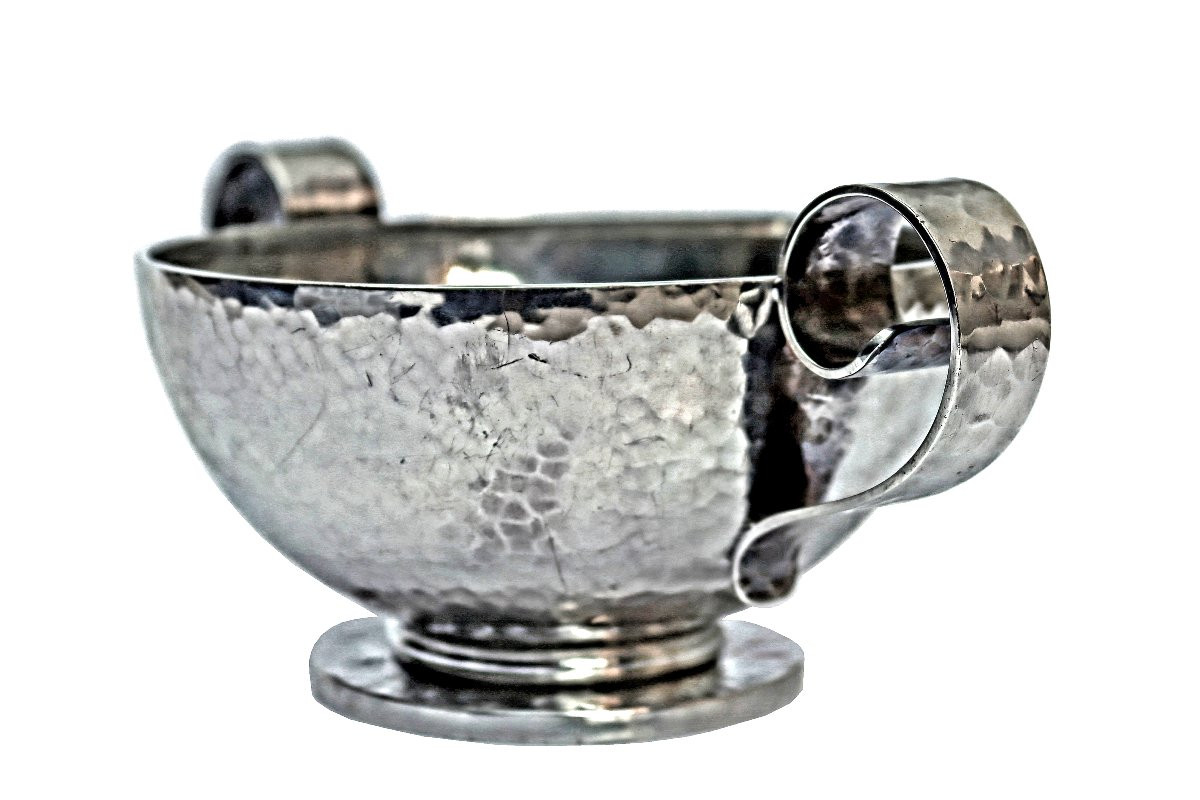
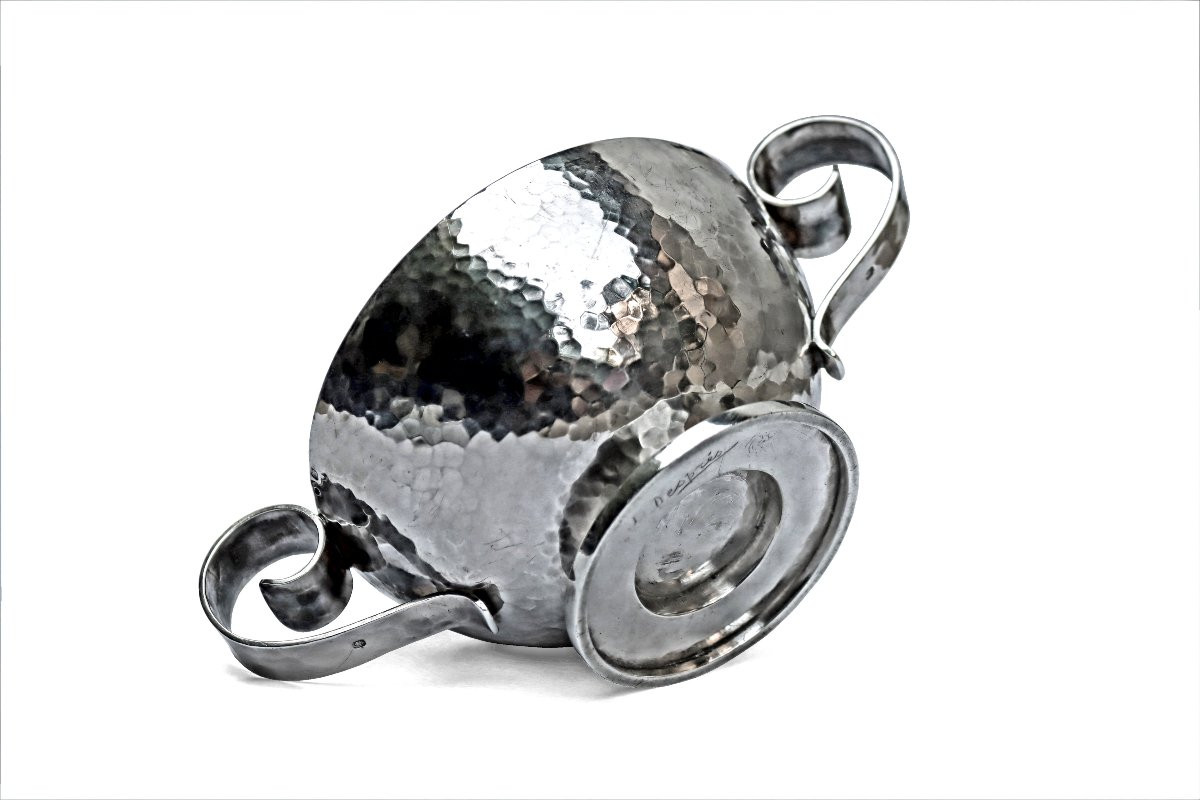



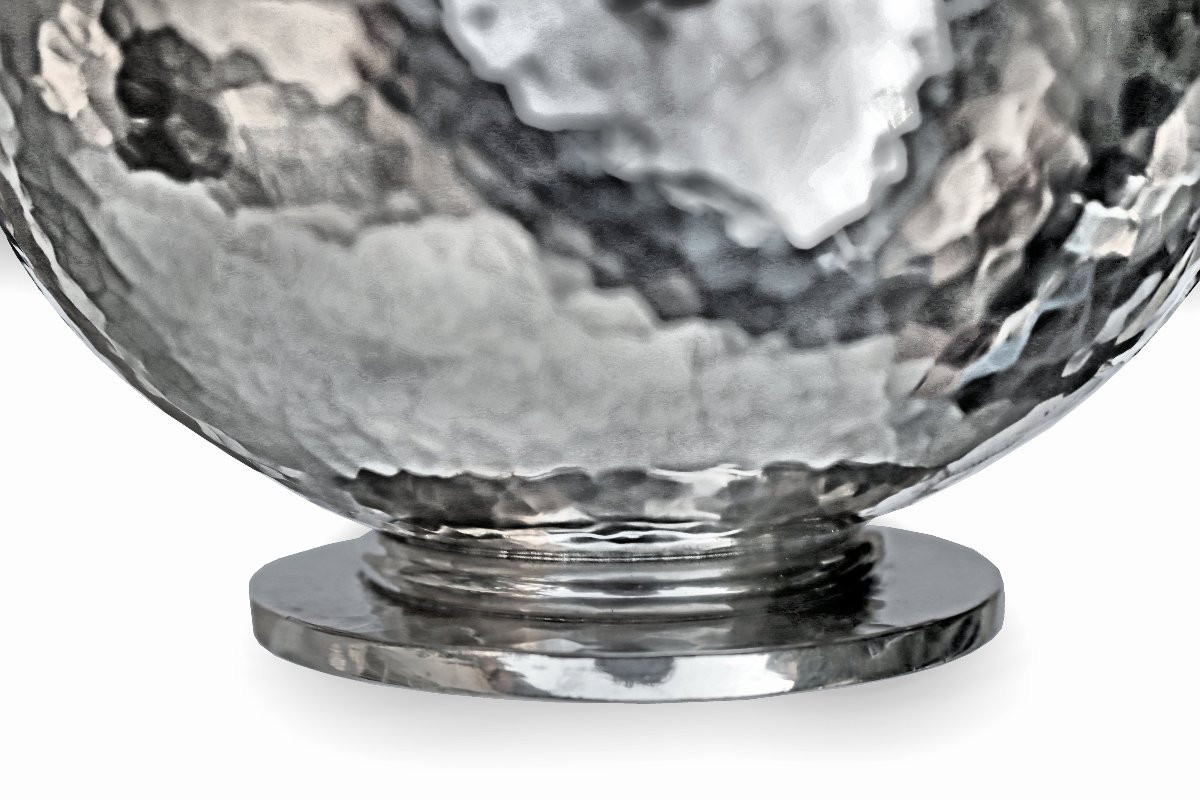

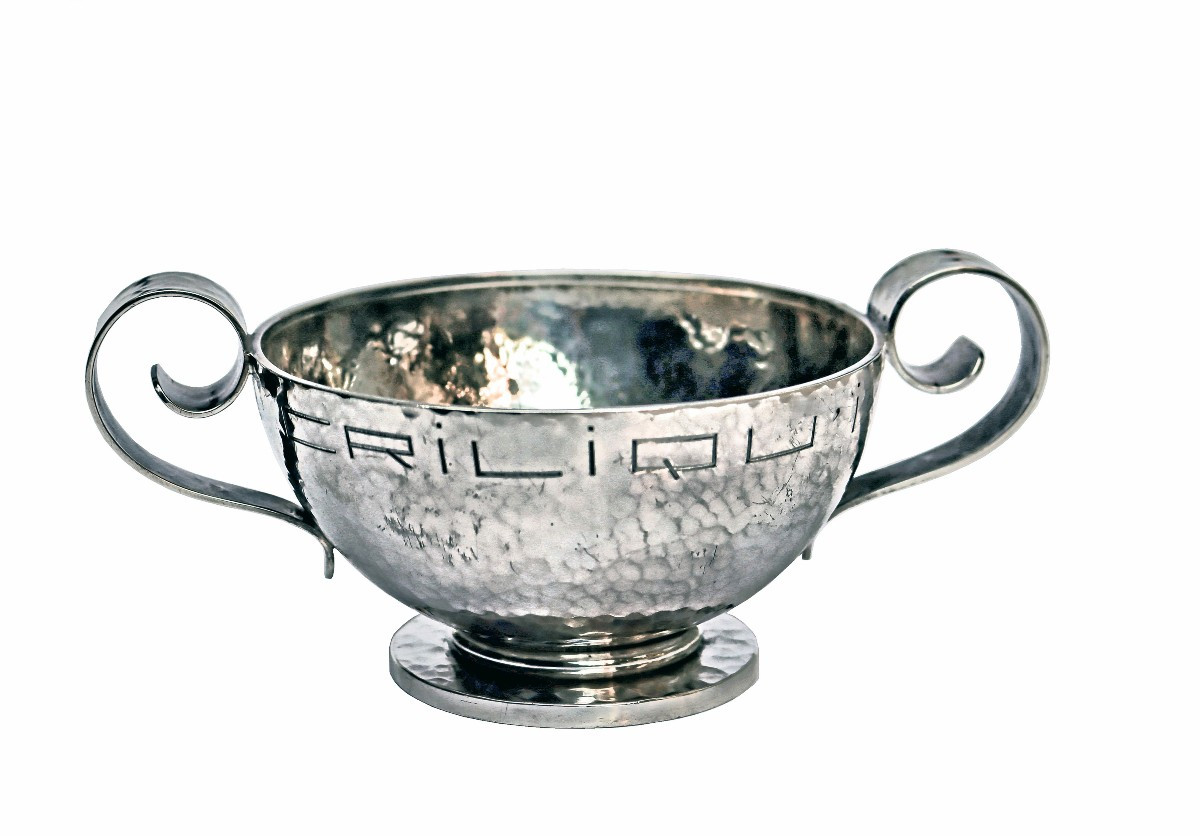















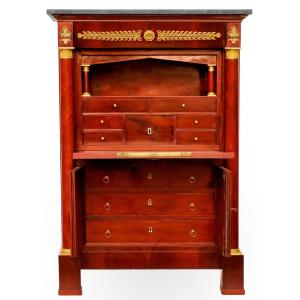









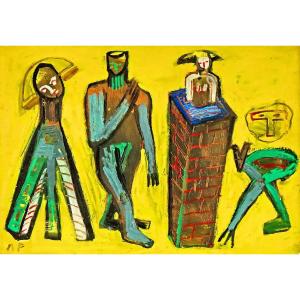

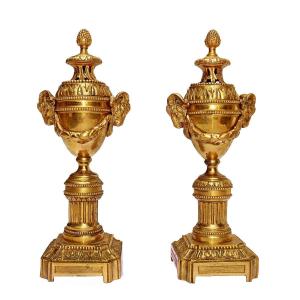


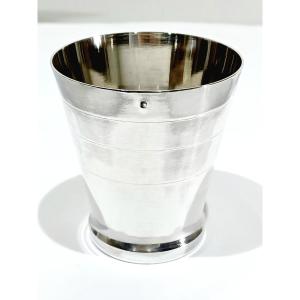

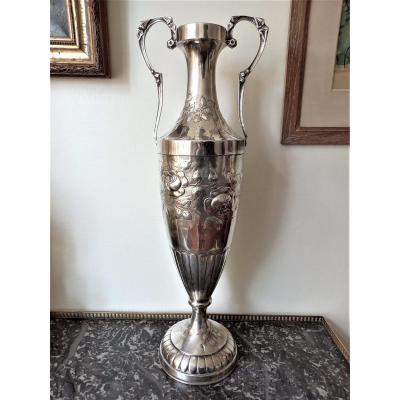





 Le Magazine de PROANTIC
Le Magazine de PROANTIC TRÉSORS Magazine
TRÉSORS Magazine Rivista Artiquariato
Rivista Artiquariato